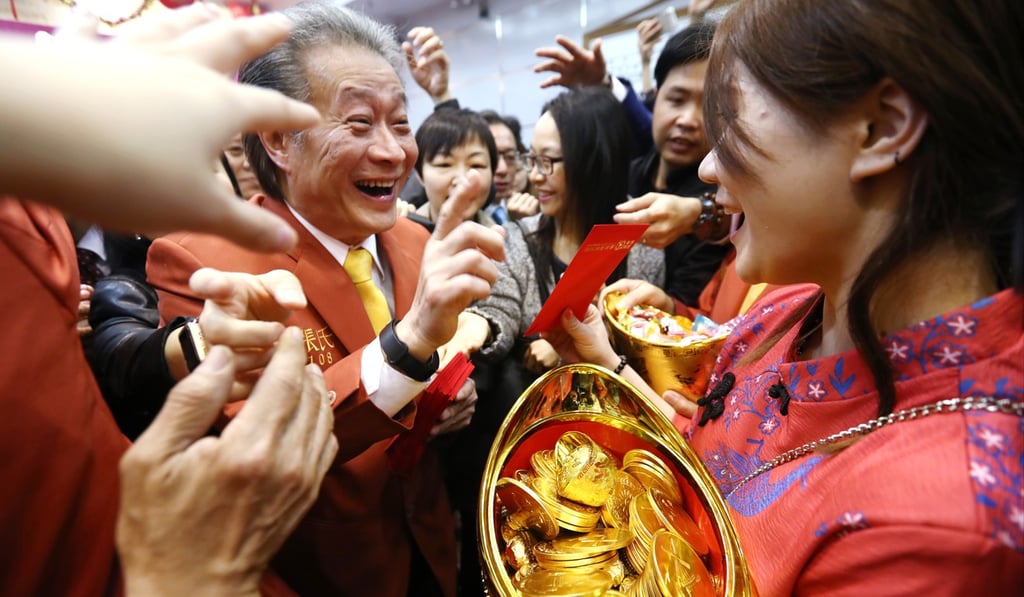Hong Kong gold exchange seeks to create gold trading corridor along Belt and Road
Creation of such a gold trading corridor could boost demand for 1kg gold bars while also increasing turnover for yuan-denominated products, says exchange president

The Chinese Gold & Silver Exchange Society (CGSE), Hong Kong’s gold exchange, is in talks with Singapore, Myanmar and Dubai to establish a gold commodity corridor to promote yuan-denominated products under China’s Belt and Road Initiative, according to its president Haywood Cheung Tak-hay.
The gold commodity corridor could be formed by establishing an integrated infrastructure network by using Hong Kong as a base, and connect the proposed bonded warehouse in Qianhai with commercial users and precious metals traders in countries along the Belt and Road, Cheung said on Tuesday at an event to mark the exchange’s first day of trading in the Year of the Dog.
“The successful linkages of such a gold corridor could probably boost demand from users and investors for kilobar gold,” Cheung said. “This may also increase the turnover of yuan-denominated products by two or three times.”

Cambodia was also likely to be involved in the discussions in the future, he added.